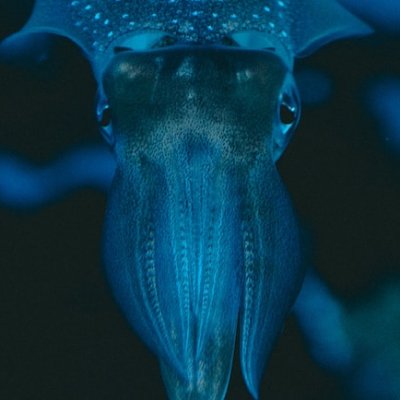wrinch
- Examples
Estructuras tridimensionales Editar Modelo de varillas de la estructura proteica tipo ciclol C1 propuesta por Dorothy Wrinch. | Figure 4: Stick model of the cyclol C1 protein structure proposed by Dorothy Wrinch. |
Tras haber propuesto un modelo verosímil para el plegamiento de las proteínas globulares, Wrinch investigó si era consistente con los datos estructurales disponibles en aquel tiempo. | Having proposed a model of globular proteins, Wrinch investigated whether it was consistent with the available structural data. |
Wrinch observó que una estructura uniforme podía ser muy útil para la síntesis de otras proteínas, análogamente al modelo de autorreplicación del ADN propuesto por Watson y Crick. | Wrinch noted that a fixed, uniform structure would be useful for proteins in templating their own synthesis, analogous to the Watson -Francis Crick concept of DNA templating its own replication. |
La hipótesis de Langmuir y Wrinch de la estabilización hidrofóbica fue desestimada al mismo tiempo que la hipótesis del ciclol, debido principalmente a la influencia de Linus Pauling, defensor de la estabilización por enlaces de hidrógeno. | The Langmuir-Wrinch hypothesis of hydrophobic stabilization shared in the downfall of the cyclol model, owing mainly to the influence of Linus Pauling, who favored the hypothesis that protein structure was stabilized by hydrogen bonds. |
Una excepción fue el médico Gladys Anslow, colega de Wrinch en el Smith College, que estudió los espectros de absorción ultravioleta de numerosos péptidos y proteínas en la década de 1940 considerando el modelo del ciclol como una de las soluciones. | One exception was physicist Gladys Anslow, Wrinch's colleague at Smith College, who studied the ultraviolet absorption spectra of proteins and peptides in the 1940s and allowed for the possibility of cyclols in interpreting her results. |
Asumiendo que la forma de ciclol del enlace peptídico puede ser más estable que en forma de amida, Wrinch concluyó que ciertos péptidos cíclicos formarán el máximo número posible de enlaces tipo ciclol (como el ciclol 6, en la figura). | Assuming that the cyclol form of the peptide bond could be more stable than the amide form, Wrinch concluded that certain cyclic peptides would naturally make the maximal number of cyclol bonds (such as cyclol 6, Figure 2). |
Wrinch finalmente resumió su modelo y los datos experimentales que parecían confirmarlo en tres artículos. | Wrinch summarized her model and the supporting molecular-weight experimental data in three review articles. |
Wrinch presentó esta complementariedad como uno de los factores predominantes para determinar si una molécula pequeña podía enlazarse con moléculas semejantes formando una proteína. | Wrinch proposed that steric complementarity was one of chief factors in determining whether a small molecule would bind to a protein. |
Random Word
Roll the dice and learn a new word now!
Want to Learn Spanish?
Spanish learning for everyone. For free.












